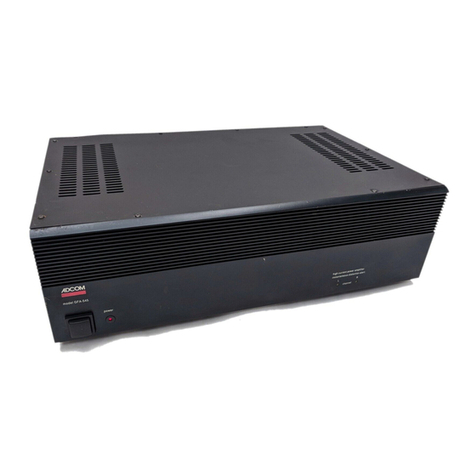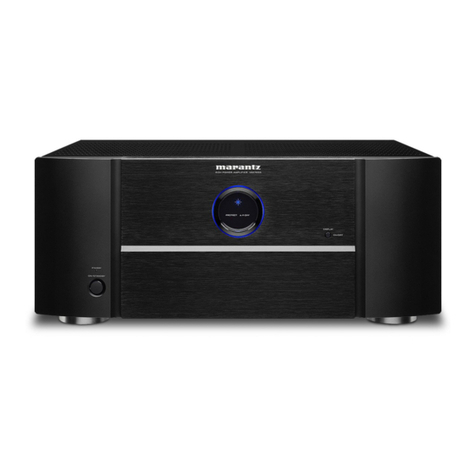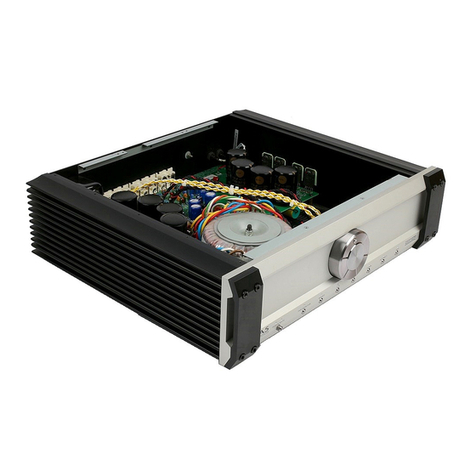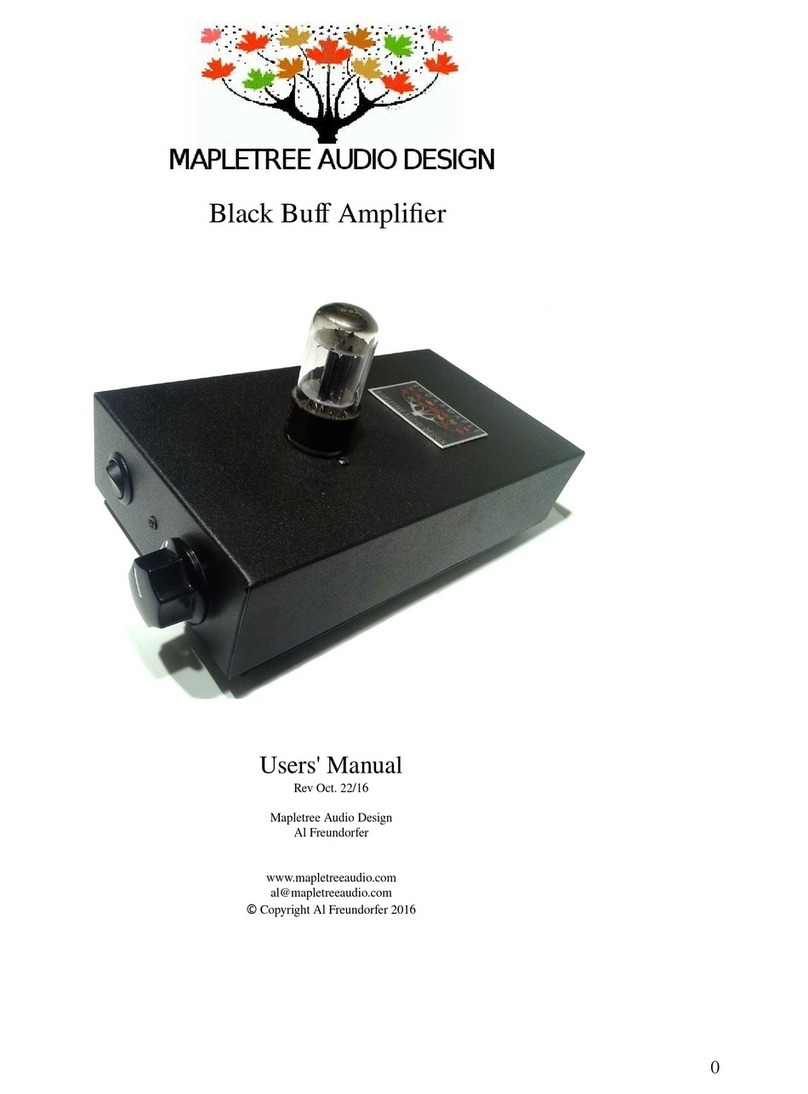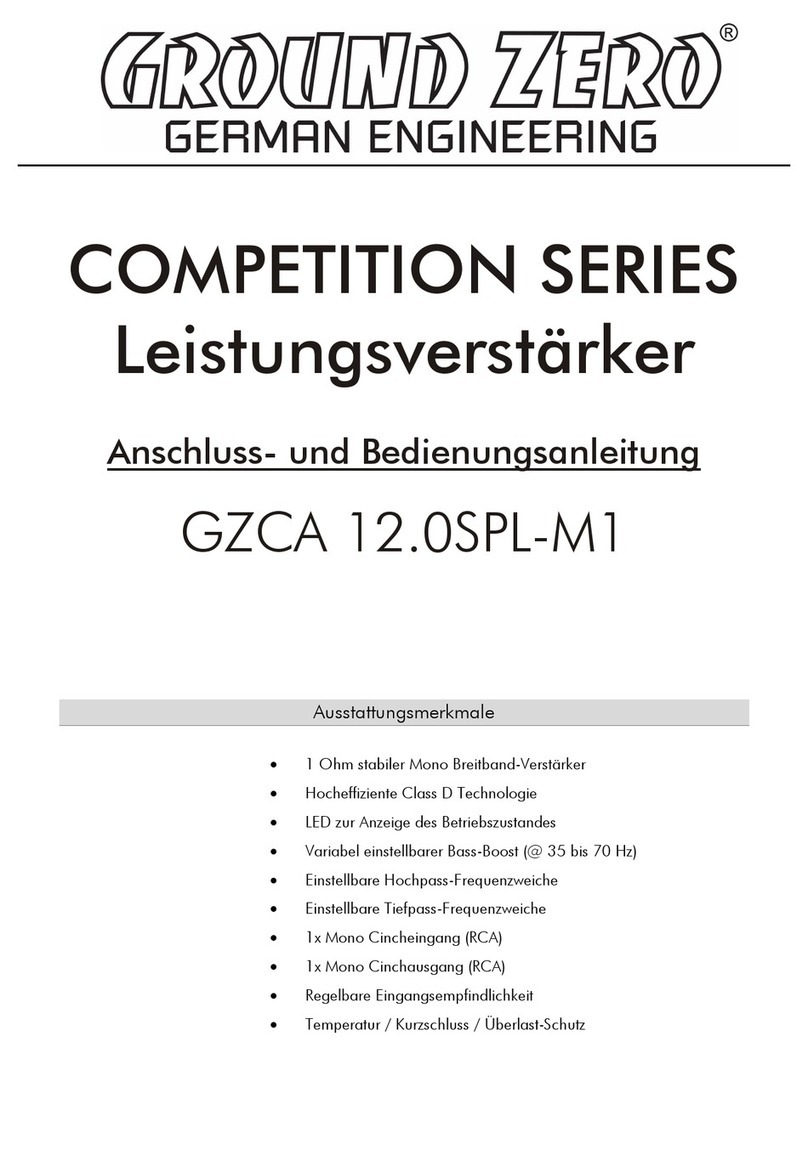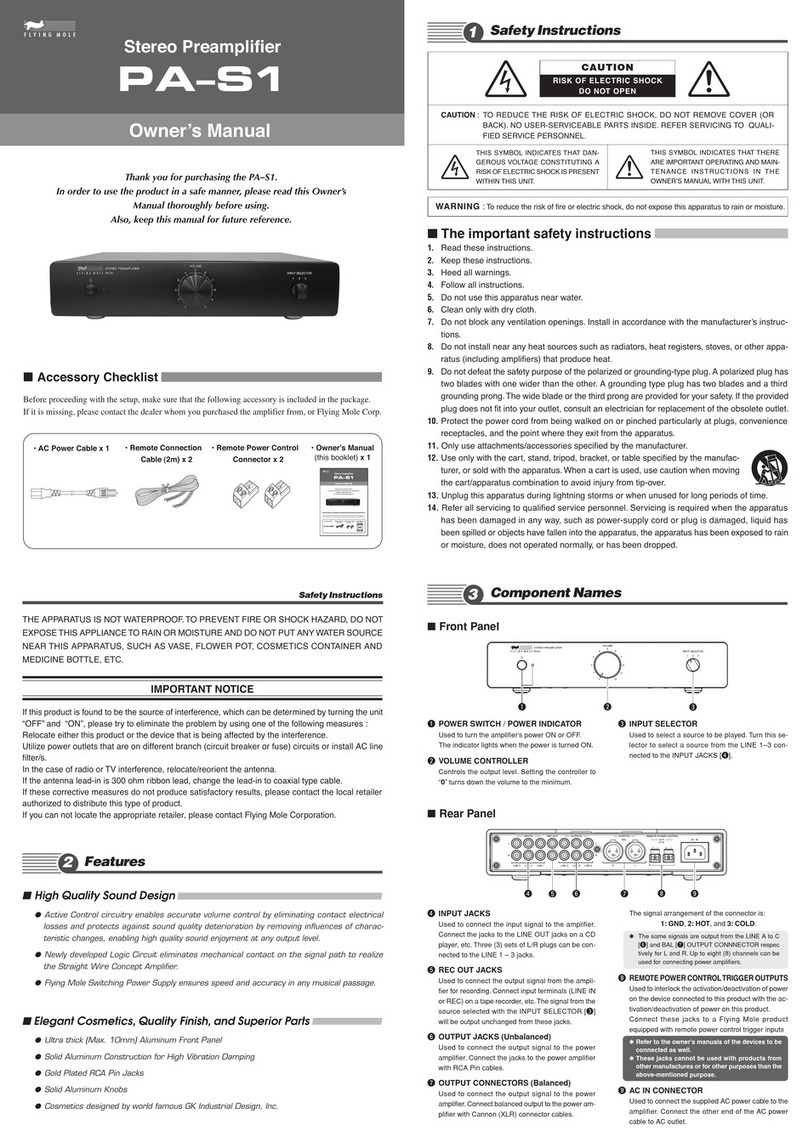Michigan Scientigic MicroTC User manual

User Manual
MicroTC
Michigan Scientific
Corporation

Copyright © 2023 Michigan Scientific Corporation
Details and specifications provided in this document are purely for informational
purposes and are subject to alterations. No liability is accepted for errors or
omissions.
Michigan Scientific Corporation
8500 Ance Road
Charlevoix, MI 49720
Revision Date: 2/23/2023 8:47 a.m. twnachazel

Contents
Introduction 1
Installation 3
Operations 5
Troubleshooting Guide 8

1.020
1.259
0
.192
.292
.392
.492
.684
0
.218
.324
REV
DESCRIPTION
DATE
BY
CHANGE #
+
- - -
- - - - -
- - - - -
G
F
E
D
C
B
A
9
8
7
6
5
4
3
2
1
1016813
+
CUSTOMER CODE:
PRODUCT LINE:
PRELIMINARY
WEIGHT
PROJECT CODE:
- -
--
--
ABM
MicroTCv2b Housing Full Assembly
1016813
06/16/21
UNLESS OTHERWISE SPECIFIED:
SCALE: 2:1
SHEET 1 OF 1
REV
DWG. NO.
A
SIZE
DESCRIPTION:
NAME
DATE
MFG APPR.
ENG APPR.
CHECKED
DRAWN
FINISH
MATERIAL
DIMENSIONS ARE IN INCHES
TOLERANCES:
.XXXX
.0010
.XXX
.005
.XX
.01
FRACTIONAL
ANGULAR: MACH
BEND
PROPRIETARY AND CONFIDENTIAL
THE INFORMATION CONTAINED IN THIS
DRAWING IS THE SOLE PROPERTY OF
MICHIGAN SCIENTIFIC CORPORATION.
ANY REPRODUCTION IN PART OR AS A
WHOLE WITHOUT THE WRITTEN
PERMISSION OF MICHIGAN SCIENTIFIC
CORPORATION IS PROHIBITED.
MICHIGAN SCIENTIFIC CORPORATION
8500 ANCE ROAD
CHARLEVOIX, MICHIGAN 49720
www.michsci.com
1
• Provides cold junction compensation, amplification
and linearization of K-type thermocouple signals
• Input signal is amplified to 5 mV per degree Celsius
over a wide input range
• Signal bandwidth, 2.35 kHz (other bandwidths
available)
• May be used in conjunction with Michigan Scientifc
Slip Ring Assemblies
• Reduces errors due to temperature gradients across
dissimilar metals in the slip ring and magnetic
interference
• Input signals can be grounded or isolated
• More than one amplifier may be used with a single
control unit
The MicroTC
Linear Thermocouple
Amplifier...

REV DESCRIPTION DATE BY CHANGE #
+ - - -
- - - - -
- - - - -
G
F
E
D
C
B
A
98
7
6
5
4
3
21
1016813
+
CUSTOMER CODE:
PRODUCT LINE:
PRELIMINARY
WEIGHT
PROJECT CODE:
- -
--
--
ABM
MicroTCv2b Housing Full Assembly
1016813
06/16/21
UNLESS OTHERWISE SPECIFIED:
SCALE: 2:1
SHEET 1 OF 1
REV
DWG. NO.
A
SIZE
DESCRIPTION:
NAMEDATE
MFG APPR.
ENG APPR.
CHECKED
DRAWN
FINISH
MATERIAL
DIMENSIONS ARE IN INCHES
TOLERANCES:
.XXXX ± .0010
.XXX ± .005
.XX ± .01
FRACTIONAL ±
ANGULAR: MACH ±
BEND ±
PROPRIETARY AND CONFIDENTIAL
THE INFORMATION CONTAINED INTHIS
DRAWING IS THE SOLE PROPERTY OF
MICHIGAN SCIENTIFIC CORPORATION.
ANY REPRODUCTION IN PART OR AS A
WHOLE WITHOUT THE WRITTEN
PERMISSION OF MICHIGAN SCIENTIFIC
CORPORATION IS PROHIBITED.
MICHIGAN SCIENTIFIC CORPORATION
8500 ANCE ROAD
CHARLEVOIX, MICHIGAN 49720
www.michsci.com
0
.192
.292
.392
.492
.684
1.020
1.259
0
.218
.324
1.020
1.259
0
.192
.292
.392
.492
.684
0
.218
.324
REV
DESCRIPTION
DATE
BY
CHANGE #
+
- - -
- - - - -
- - - - -
G
F
E
D
C
B
A
9
8
7
6
5
4
3
2
1
1016813
+
CUSTOMER CODE:
PRODUCT LINE:
PRELIMINARY
WEIGHT
PROJECT CODE:
- -
--
--
ABM
MicroTCv2b Housing Full Assembly
1016813
06/16/21
UNLESS OTHERWISE SPECIFIED:
SCALE: 2:1
SHEET 1 OF 1
REV
DWG. NO.
A
SIZE
DESCRIPTION:
NAME
DATE
MFG APPR.
ENG APPR.
CHECKED
DRAWN
FINISH
MATERIAL
DIMENSIONS ARE IN INCHES
TOLERANCES:
.XXXX
.0010
.XXX
.005
.XX
.01
FRACTIONAL
ANGULAR: MACH
BEND
PROPRIETARY AND CONFIDENTIAL
THE INFORMATION CONTAINED IN THIS
DRAWING IS THE SOLE PROPERTY OF
MICHIGAN SCIENTIFIC CORPORATION.
ANY REPRODUCTION IN PART OR AS A
WHOLE WITHOUT THE WRITTEN
PERMISSION OF MICHIGAN SCIENTIFIC
CORPORATION IS PROHIBITED.
MICHIGAN SCIENTIFIC CORPORATION
8500 ANCE ROAD
CHARLEVOIX, MICHIGAN 49720
www.michsci.com
Input
Range (5 mV/C Linear Output) -25 °C to 400 °C
Range (with polynomial equation) -200 °C to 970 °C
Output
Range Min = -0.77 V; Max = 4.92 V
Measurement Error ±2 °C Typical; ±3 °C Max
Noise
0.01 Hz - 10 Hz 0.8 μV p-p
Dynamic Response Higher Bandwidths Available
Frequency Response -3db 2.35 kHz
Settling Time 0.1% 36 μs
Power Requirements
Voltage (V) +7 Vdc to + 16 Vdc
Quiescent Current 3.25 mA max
Environment
Specification 0 °C to +50 °C (+32 °F to +122 °F)
Operation -40 °C to +100 °C (-40 °F to +212 °F)
Mechanical
Weight 3.9 g (0.14 oz)
Overall Length 32.0 mm (1.259 in)
Overall Height 8.2 mm (0.324 in)
Overall Width 17.4 mm (0.684 in)
2
Specifications

To electrical ground
Signal Label Color
Supply Voltage V Blue
Ground G Gray
Ground G Gray
Signal Output S Yellow
Terminal Signals
3
Installation
Electrostatic Sensitivity
The MicroTC is an electrostatic sensitive device. The terminals should
not be touched except during soldering. Soldering should be performed
at electrostatic discharge protected workstations. Wires attached to the
MicroTC should not be touched either.
If an electrostatic discharge protected workstation is not available, use a
grounded wrist-strap and ground the MicroTC. Do not handle the device in
areas where static charges are obviously present. Always store the MicroTC
in an anti-static bag or container when not in use.
Electrical Installation
Wires soldered to the signal terminals should be covered with heat shrink
tubing. This will both protect the terminals from electrical shorting as well as
provide strain relief for the wires.
The signal terminals on the MicroTC are color coded and labeled to help
determine which supply or output signal corresponds to which terminal. The
signals and terminal colors are shown in the table below:

4
Linearization Formulas
The output of the MicroTC is a linear 5 mV/°C over an input range
of -25 °C to 400 °C. Outside of this range, linearizing formulas
can be used to determine temperature within the specified error.
The following formulas use the voltage from the amplifier as the
independent variable and generate temperature in °C.
T = Temperature in °C
V = Voltage from amplifier
Range: -60 °C to 970 °C
T = 0.1744 x V4- 0.8386 x V3- 1.4378 x V2+ 204.33 x V - 1.6323
Range: -200 °C to 100 °C
T = -137.02 x V4+ 35.24 x V3- 0.3931 x V2+ 207.1 x V - 1.1512

Power Supply
Data Recording Device
Power Supply
5
Operations
The MicroTC must be powered with +7 to +16 V and a common. See
Electrical Installation section of this manual for instructions on how to
connect these supplies to the proper terminals. The MicroTC signals should
be measured with respect to the common terminal.
Current flows in the ground line, so there will be a voltage drop along the
length of the conductor. This will create an offset if the signals are measured
with respect to the common at the Remote Amplifier Control Unit. It is
recommended that the signals are measured with respect to the common
wire at the amplifier. This can be accomplished by adding a second common
line from the amplifier to the recording device.

Power Supply
Data Recording Device
Slip Ring
6
The output high is measured relative to the ground wire. It is
recommended that a separate wire for signal common is added to
the common terminal to reduce errors from voltage drops along
the power common wire. When using the MicroTC with a slip ring
assembly, a separate signal common can be added to the stator of a
slip ring to decrease the amount of rings needed, but it is important to
place the amplifier as close as possible to the slip ring.
The thermocouple sensor should be attached using the provided
mating connector (Omega± HMPW-*-M). If a thermocouple input is
left unused or if the thermocouple opens, the output of the amplifier
will rise to V+. The amplifier will not be damaged if a thermocouple is
left unattached.

Problem Potential Cause Test to Verify Problem Solution
7
Operation with PS Series Amplifier Control Unit
Any Michigan Scientific Remote Amplifier Control Unit will provide
±15 Volts and common. These control units have switches that control
bridge excitation and shunt calibration. For use with MicroTC units,
the Bridge Excitation switch should be turned on, and the Shunt
Calibration switch is unused.
The Remote Amplifier Control Units reverse the polarity of the ±15 V
terminals when the bridge excitation switch is off. The MicroTC-S will
power off in this condition.

Output noisy with
thermocouple spinning
Thermocouple could be
opening momentarily;
frequency response of data
acquisition system may be too
slow to show complete drop
out of signal
Look at dynamic signal
with an oscilloscope
Repair
thermocouple
junction
Restrain
thermocouple
better
Output near 0 V
regardless of
thermocouple
temperature
Amplifier Out High could be
shorted to Common
With amplifier power off,
measure resistance from
Amplifier Out High to
Common. The resistance
should be between 100
and 200 kΩ
Remove short
One of the conductor wires
may be open
Measure resistance from
one end of conductor to
the other
Repair open wire
Output near 4.92 V
when thermocouple is
at room temperature
Open thermocouple
Connect known good
thermocouple to amplifier
input. If voltage drop-out
is a result of the open
thermocouple; the output
should now be near room
temperature
Repair
thermocouple
junction
Output around 10-
20 mV regardless
of thermocouple
temperature
Connector may be reversed Inspect connector for
proper orientation
Ensure proper
connection of
signal, ground, and
power wires
Problem Potential Cause Test to Verify Problem Solution
8
Troubleshooting Guide
Other Michigan Scientigic Amplifier manuals
Popular Amplifier manuals by other brands
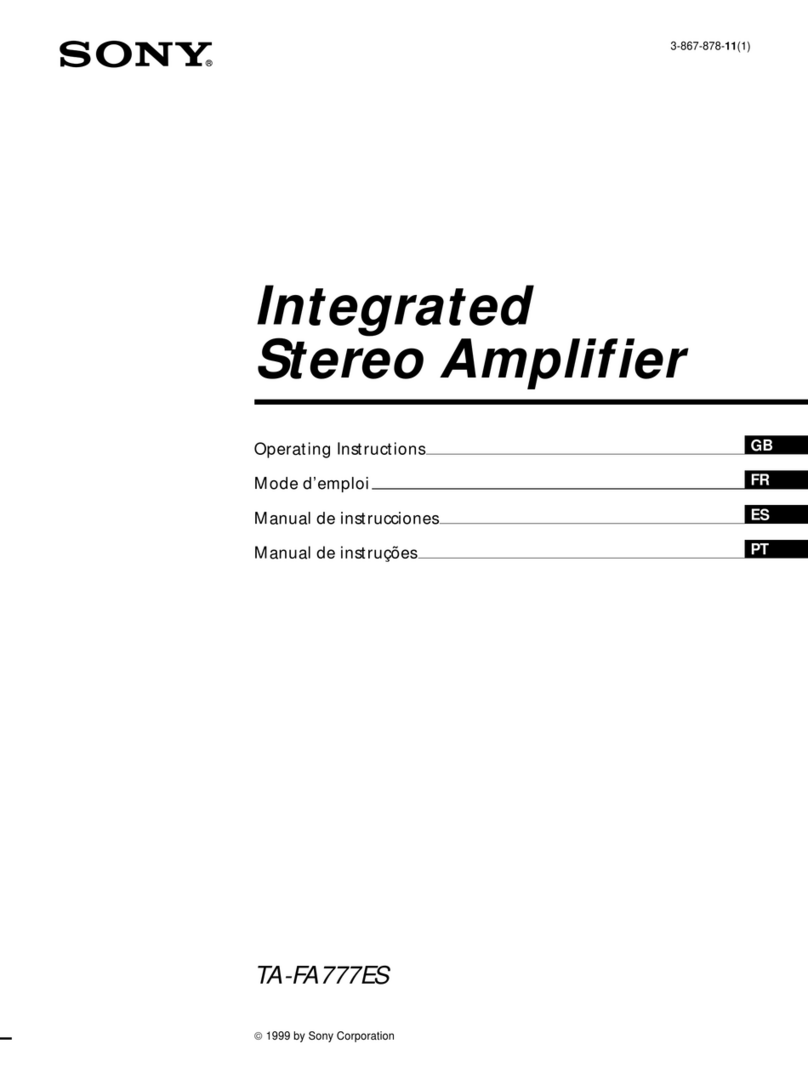
Sony
Sony TA-FA777ES operating instructions
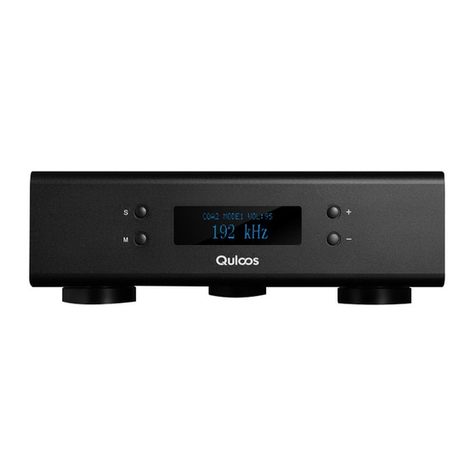
Quloos
Quloos QA890 manual
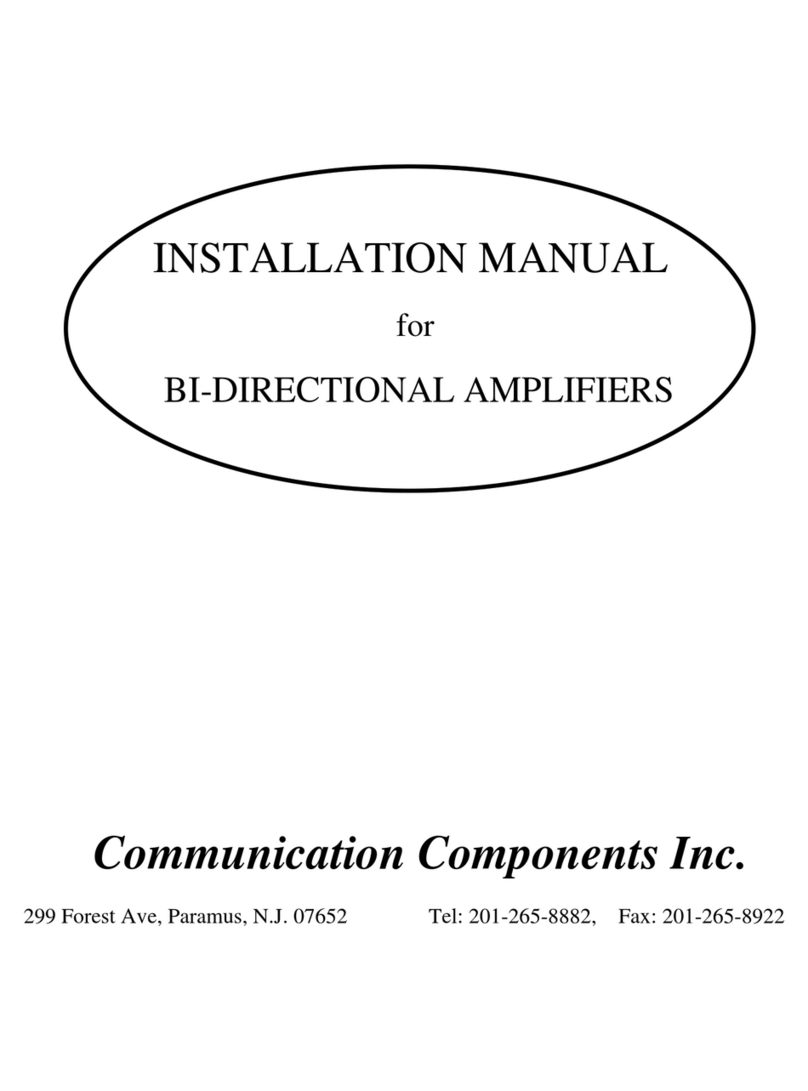
Communication Components
Communication Components BDA-1819-60 installation manual
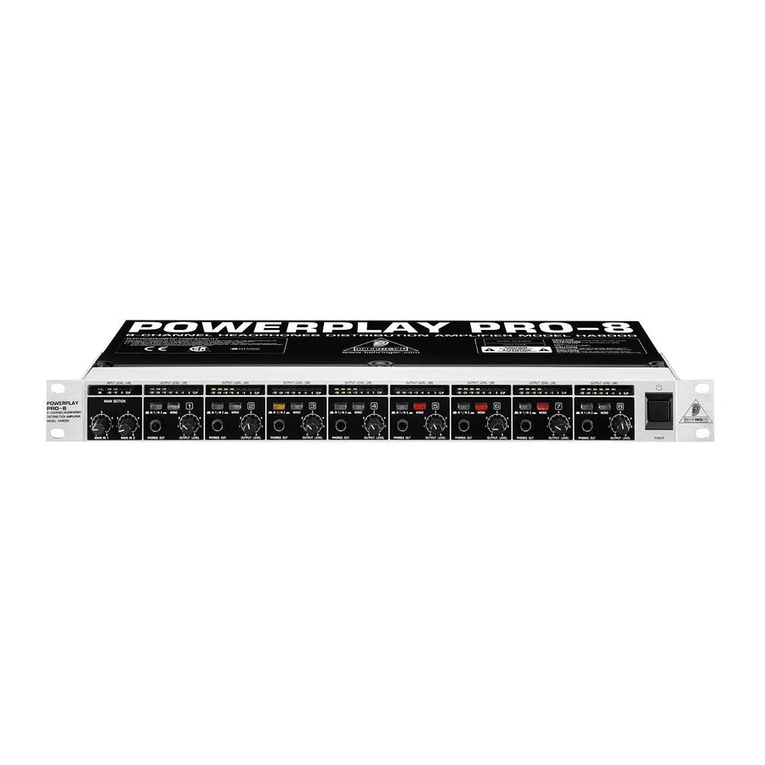
Behringer
Behringer Powerplay Pro-8 HA8000 user manual
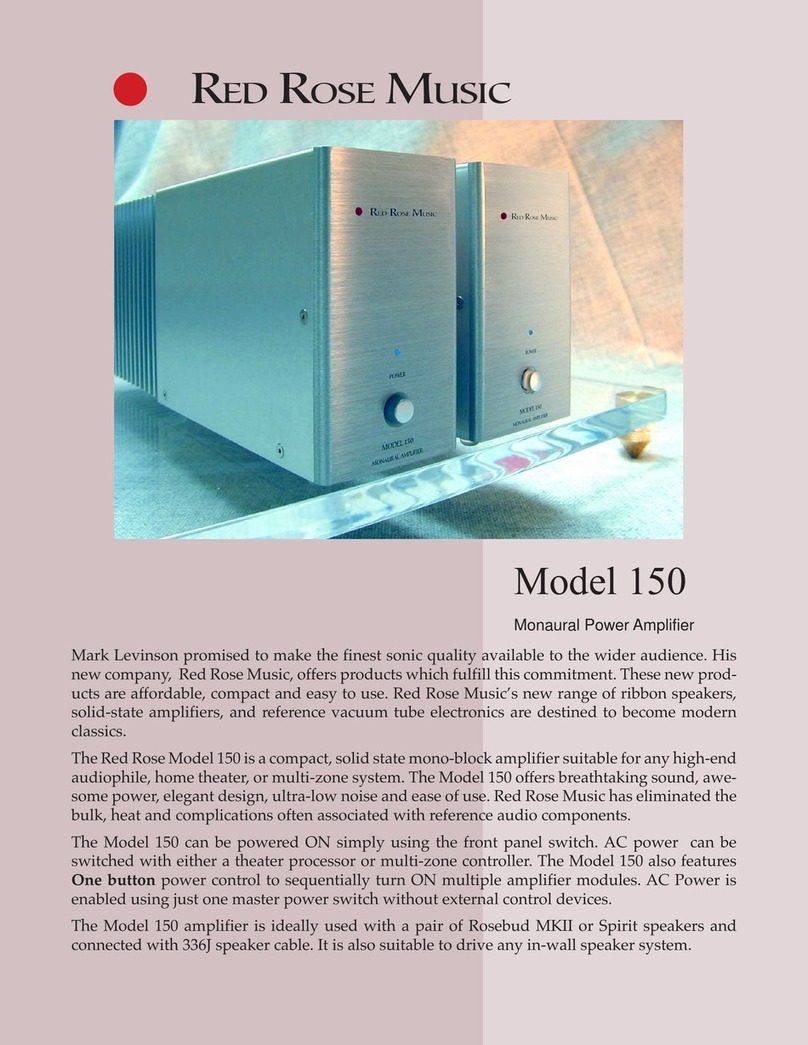
Red Rose Music
Red Rose Music 150 Specification sheet
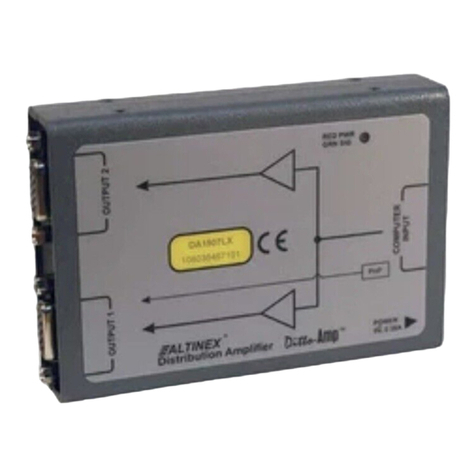
Altinex
Altinex 1-In 2-Out VGA Distribution Amplifier... user guide

